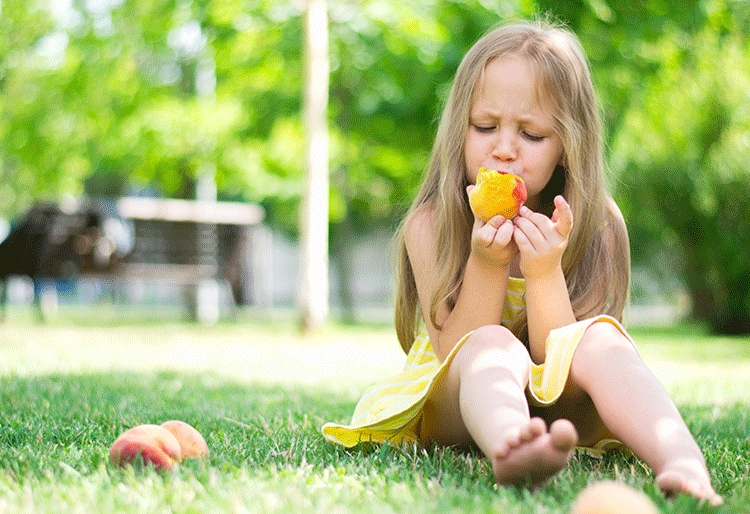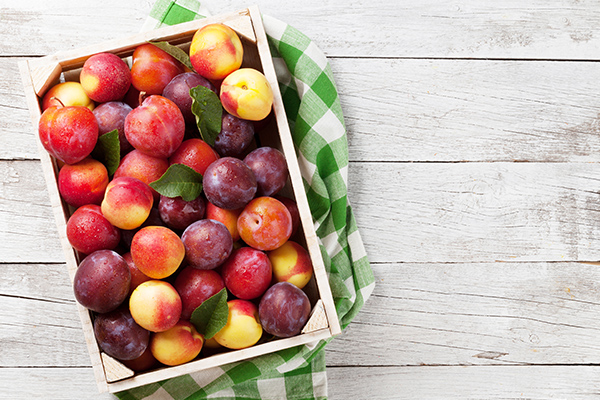Fruits with bone, aromatic and very refreshing
Nectarines, peaches, apricots, plums... do you know which are the most popular stone fruits? We review the favourite summer varieties.
fresh food
Share

Their freshness, aroma, ease of storage and transport make them ideal for eating at any time anywhere. These varieties of stone or seed, also known as drupe, are the stars of the fruit bowls in most households during the hottest months.
Although they are of different sizes and textures, all belong to the family of Rosaceae and more specifically to the genus prunus, which has a stone (or pit) inside. They also coincide in having a fleshy pulp and reaching their optimum ripeness between the months of June and October, depending on the variety.
Properties
• Moisturisers: contain up to 80% water, depending on the variety.
• Low in calories.
•Digestive: natural source of fibre.
• They provide vitamins: especially Vitamin A and C. They promote regeneration of the skin, the immune system and sight.
•They provide minerals.

Did you know that this type of fruit is also known as drupe.
Variety
There are a large number of variants that, in turn, have been crossed giving rise to others. All coincide in having skin in shades ranging from yellow or orange to crimson.
These are some of the most popular:
- Peach:
the red variety is harvested at the start of the season and has a more acidic taste, while the yellow variety is harvested a little later and has a sweeter flavour. They provide fibre, which facilitates intestinal transit.
- Nectarine:
is a variety of peach, smooth and bright skin and an intense flavour. Provides fibre and vitamin C, which helps the normal functioning of the immune system.
- Apricot:
comes from Asia. Its orange colour is due to the carotenes, which turn to Vitamin A in our bodies, and which is essential for maintaining vision under normal conditions.
- Prut:
has a uniform colour which, depending on the variety, will be yellow, green or violet red. Its main component is water and it is a good source of fibre, especially when the skin is eaten.
- Doughnut peach:
Unusual due to its flattened shape and velvety skin, it represents a variety of peach rich in vitamin C, which protects our cells from oxidative damage.
- Cherry:
provides folates, which help reduce tiredness and fatigue, and contributes to the normal functioning of the immune system.
In the kitchen
These fruits are usually eaten raw or as a base for sweet desserts, compotes, jams or marmalades, but it is worth trying them in other preparations. For example, baked at maximum temperature for 15-20 minutes, covered with cinnamon and accompanied by vanilla ice cream.
- Cherry cake
- Apricot and banana biscuit Roasted peaches
- Plum Coulis







